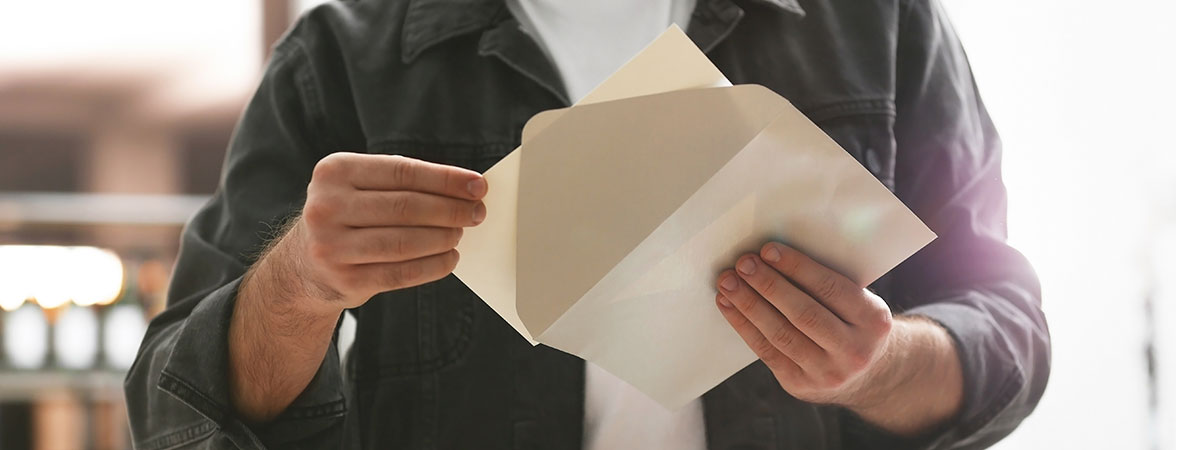- Promotions
How to Address a Postal Envelope?

Table of Contents
1. What Are Postal Envelopes Most Commonly Used For?
2. Key Rules for Addressing an Envelope
3. Benefits of Handwriting the Address
Properly addressing a postal envelope may seem like child’s play, but in reality—even a single incorrect letter can send your mail in the wrong direction. To ensure that your correspondence reaches its destination, every step matters—from addressing and envelope format to correctly writing the recipient’s name.
What Are Postal Envelopes Most Commonly Used For?
In the age of digital communication, postal envelopes might seem like a relic from the past. Yet they still carry charm—especially when used for personal letters.
Postal envelopes are also an essential part of formal correspondence, the sending of invitations, and important documents that require confidentiality and discretion. They are necessary when mailing diplomas, contracts, invoices, and legal papers that must retain their formal appearance and integrity.

Key Rules for Addressing an Envelope
To prevent your letter from getting lost along the way, follow the official guidelines for addressing and sending. Here are the most important ones:
- Envelope format – Use a standard white envelope without patterns to ensure quick scanning and processing by postal services. Avoid decorative elements that may interfere with machine reading.
- Top left corner – Write the sender’s address, full name, and contact phone number. This helps return the letter if there’s a delivery issue.
- Bottom right corner – Write the recipient’s full name, street, number, building, entrance, and apartment. Make sure all information is complete and legible.
- Below the recipient’s name – Add the postal code, city/town, region, and country (for international mail). These details allow accurate sorting and delivery.
- Use a black pen and block capital letters – for clarity and machine readability. Handwritten letters should be uniform in size and without slant.
- Avoid abbreviations – Follow the latest addressing format from Bulgarian Posts or the respective courier service. This reduces the risk of misinterpretation.
Any omission can compromise the successful delivery of your correspondence, so following these standards is not just recommended—it is essential.
Benefits of Handwriting the Address
Handwriting the address on a postal envelope adds a sense of personal attention that printed text simply cannot replicate. It gives you flexibility in layout and is a quick solution when you don’t have a printer or template at hand.
It’s important to check for any errors in the address or missing recipient information, as these can block the delivery. Proper completion and attention to detail remain crucial for this form of communication.






